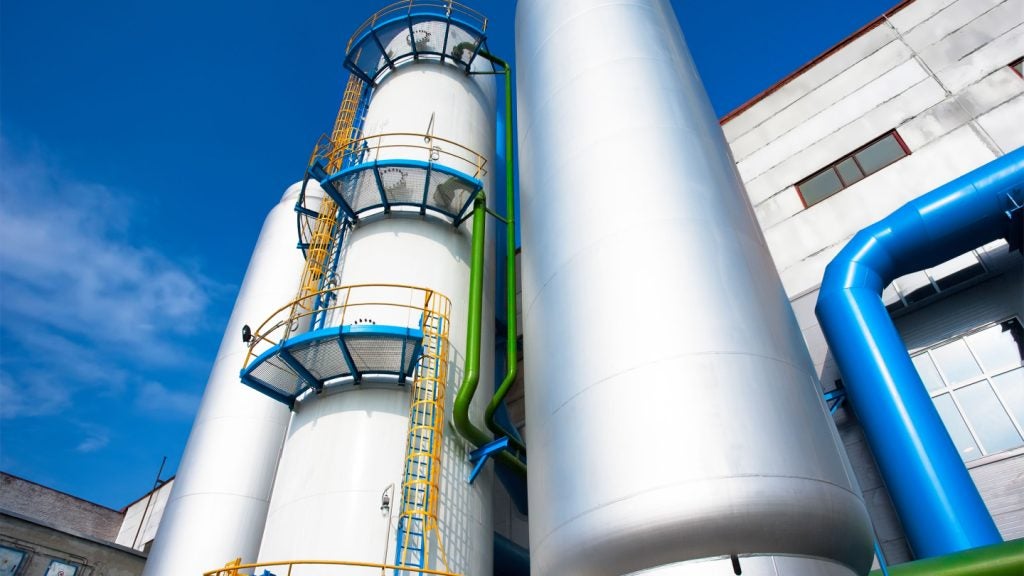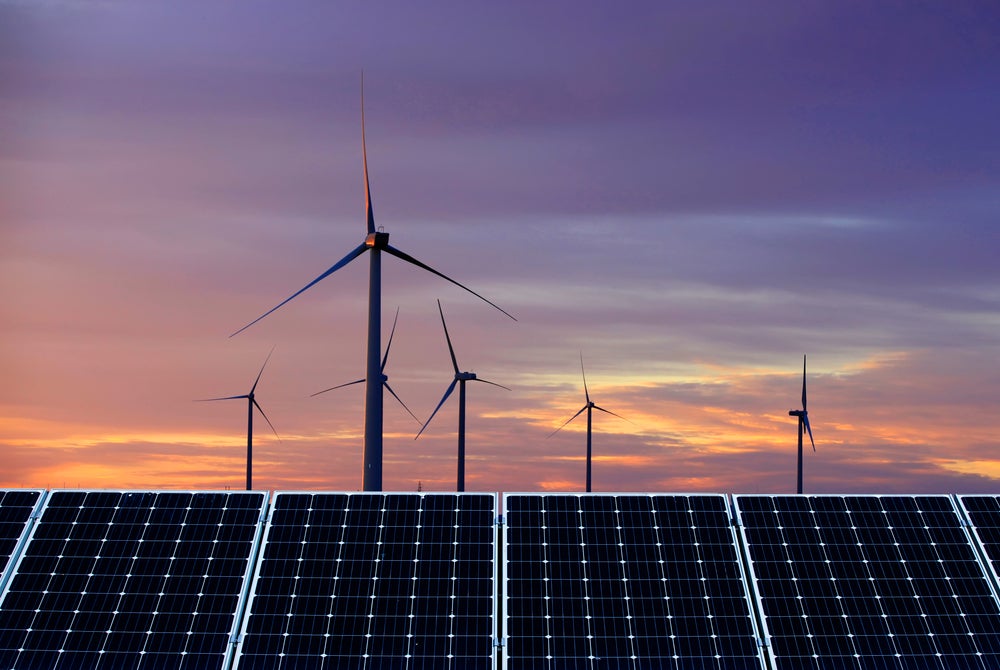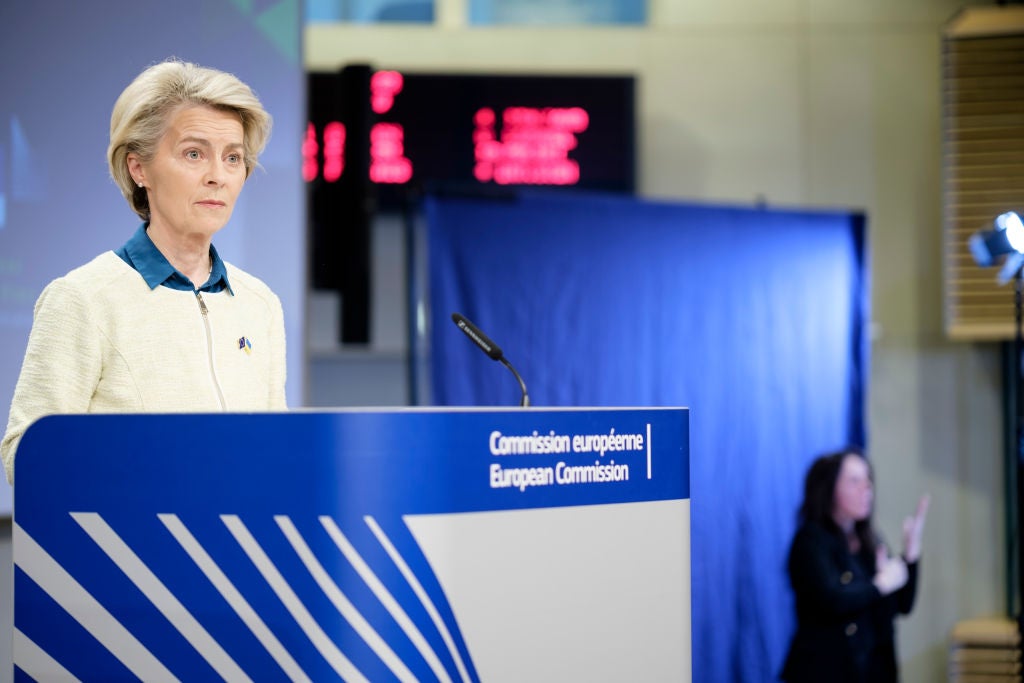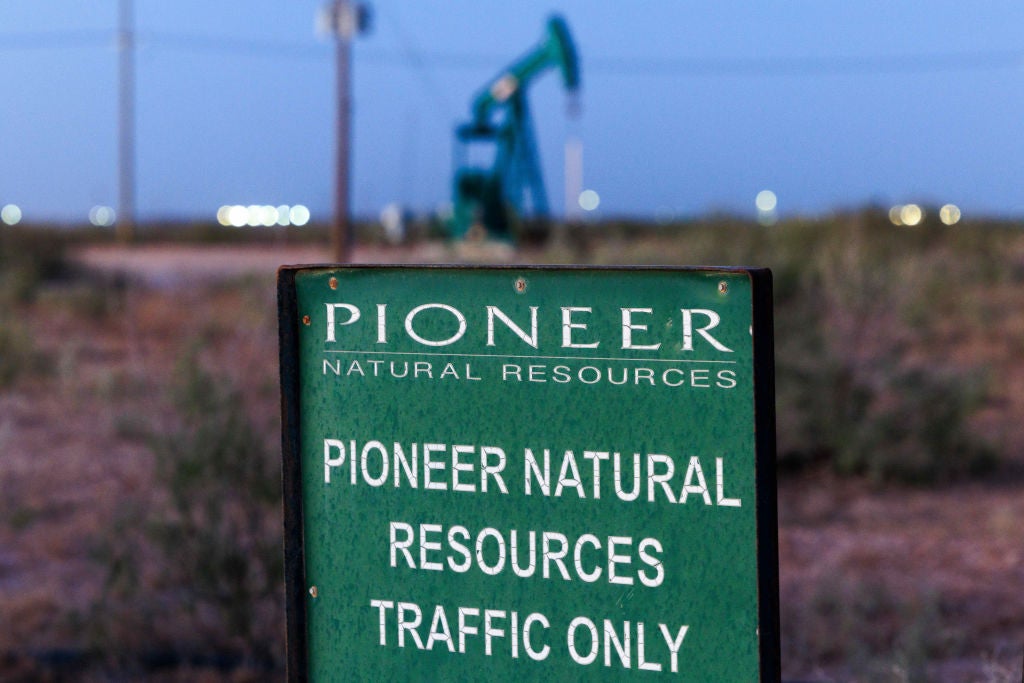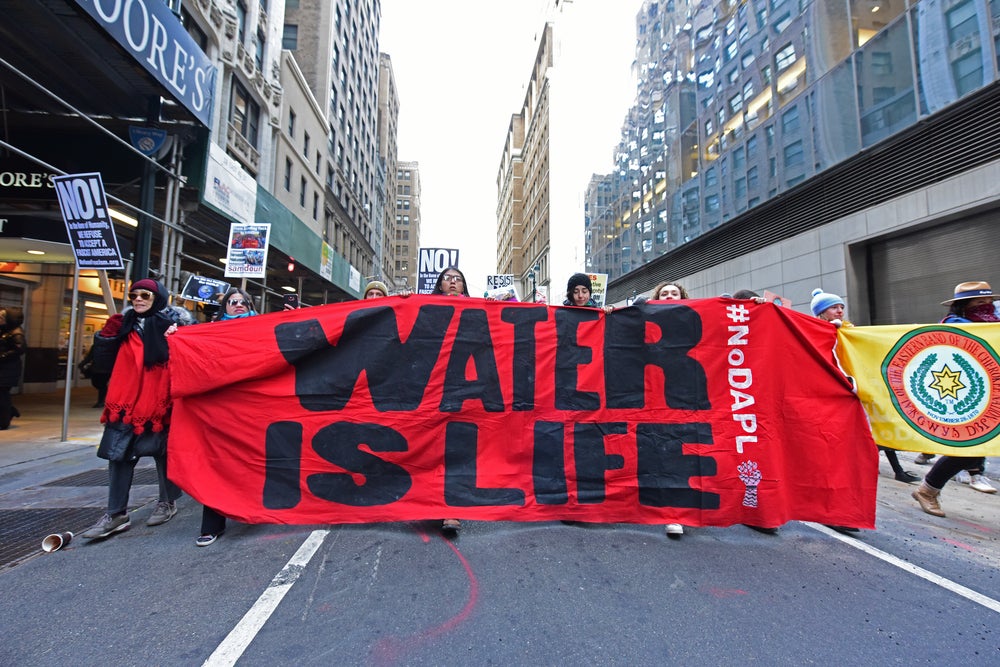In December, negotiators from the European Parliament and EU national governments reached a deal on a new EU gas directive, establishing common EU rules for renewable and low-carbon gases including hydrogen. The goal is to facilitate their penetration into the energy system and their use of existing natural gas infrastructure.
The new directive, which must still be rubber-stamped by full votes of the EU Parliament and Council in Q1 2024, will require countries to create national network development plans based on joint scenarios for electricity, gas and hydrogen, aligned with National Energy and Climate Plans and an EU-wide Ten Year Network Development Plan. Hydrogen and gas network operators will have to include information on infrastructure that can be decommissioned or repurposed. To address concerns that new gas infrastructure is being built on the back of hydrogen hype that will never materialise, countries will have to draw up specific hydrogen network development plans based on "realistic" demand projections.
Spanish Energy Minister Theresa Ribera, who led negotiations on behalf of the EU Council’s national governments, said in a statement: “[The new rules] will boost the deployment of the emerging hydrogen sector and the transition of the gas sector towards renewable energy, and it also sets rules for consumer protection and strengthens security of supply.”
Austrian Liberal MEP Claudia Gamon, who participated in negotiations on behalf of the parliament, said MEPs wanted to make sure hydrogen is channelled towards the right initial applications because “demand for hydrogen will be very high and for a long time we will not be able to meet the demand with made-in-the-EU hydrogen. This is why we should start by prioritising hard-to-abate sectors to guarantee supply for our industry. Wherever there are alternatives to [natural] gas [such as hydrogen], we should be using them."
The European Commission put out its hydrogen and gas proposals two years ago as part of the 'Fit for 55' Package, which aimed to align EU climate and energy laws with the EU’s target to reduce greenhouse gas emissions by at least 55% by 2030 and achieve climate neutrality by 2050. The proposals included both a new directive and a regulation. Although negotiations on the directive have concluded, the regulation still needs to be agreed. The regulation deals with more technical matters, which have needed more input from national regulators, whereas the directive is less proscriptive and is meant to set a direction for national governments.
EU gas directive: a heyday for hydrogen?
December's agreement on the EU gas directive was welcomed by hydrogen advocates who have been calling for such clear rules since the publication of the EU’s Hydrogen Strategy in 2020. “We’re delighted with the decision, as the directive provides the flexibility that will allow a progressive transition into hydrogen activities, and the creation of a dedicated body focusing only on hydrogen puts it at an equal level with electricity and gas carriers, highlighting its fundamental role in the energy transition,” said Daniel Fraile, chief policy officer of industry association Hydrogen Europe, in a statement.
In particular, Fraile welcomed the differentiation between hydrogen transmission and distribution networks, which he said will allow for a reasonable and efficient unbundling regime to be applied to new infrastructure. He also welcomed the introduction of the European Network of Network Operators for Hydrogen (ENNOH) as a new, independent entity. It will exist alongside the European Network of Transmission System Operators for Gas (ENTSOG) for natural gas transmission and the European Network of Transmission System Operators for Electricity for electricity transmission networks.
Climate campaigners, who worry that the promise of hydrogen may be used as an excuse to build more gas infrastructure, also welcomed the new independent body. “The fossil gas industry will not be handed control of a future European hydrogen network,” said Greenpeace EU climate and energy campaigner Silvia Pastorelli in a press release. The issue of who should plan and manage the new hydrogen grid was the last sticking point in the negotiations; MEPs insisted that ENTSOG should not be in charge.
“Hydrogen must be treated as a fuel of last resort, really only for the industries that we can’t decarbonise otherwise,” Pastorelli said. “Letting the gas industry plan and run the grid would have been a clear conflict of interest, and have led to a like-for-like replacement of hydrogen for gas.”
The International Oil and Gas Producers industry association had opposed the creation of ENNOH, saying activities should be coordinated by the existing ENTSOG. “Creating ENNOH as a third silo, next to ENTSOG and ENTSOE, will be detrimental to efficient cooperation and coordination,” it said in a statement back in September.
One key provision that will facilitate hydrogen development has been delayed. A delegated act defining “low carbon hydrogen” is not due until a year after the new directive enters force following its adoption; this was foreseen to be six months under the original proposal. Legislators decided more time was needed to determine what could constitute green hydrogen. While green hydrogen has been partially defined in other legislation, defining it in the context of this directive has been more controversial. Hydrogen Europe said this is regrettable “because the sector urgently needs clarity in order to achieve the Fit for 55 targets”.
New beginning for biogas?
Along with hydrogen, the new EU gas directive also has significant implications for biogas. However, unlike hydrogen stakeholders, the biogas sector is disappointed with the final text.
"This is a missed chance for a clear driver for biomethane growth as sought initially by the European Parliament,” said Giulia Laura Cancian, secretary-general of the European Biogass Association, in a statement. The final text does not set an EU biomethane use target, which “would have been a significant political signal for the biomethane industry, but also for fuel suppliers and industries looking for alternatives to fossil fuels”, she said.
National governments in the EU Council were wary of setting new bioeconomy targets after the bruising experience of biofuels in the 2010s, when an initial EU target was later rescinded after it was found to be driving indirect land use change. National governments also rejected the parliament’s attempt to give priority access to biomethane for injection into gas networks. “Such a measure would contribute to efficient energy planning at local and regional level,” said Cancian, adding that she hopes this can yet be explored in the regulation that is still to be finalised.
The final directive text does exempt biomethane injection from network tariffs. Cancian said national regulators should go further by exploring cost-sharing mechanisms for building grid connections, which entail major financial cost for project developers. Those costs could be shared between producers, users and governments, she suggests.
The new legislative framework will also facilitate access to the existing gas grid for renewable and low-carbon gases, and allow member states to provide discounts to cross-border and injection tariffs for these gases. A certification system for low-carbon gases, including hydrogen, will be established based on the certification of renewable gases and hydrogen foreseen in the EU’s revised renewable energy directive, agreed in October.
More consumer power
The new EU gas directive also contains new measures to give consumers more power over their gas (and hydrogen) providers, mirroring provisions already in place in the EU electricity market. The provisions aim to let consumers switch suppliers more easily; use effective price comparison tools; get accurate, fair and transparent billing information; and have better access to data and new smart technologies. “Consumers should be able to easily choose renewable and low carbon gases over fossil fuels,” the legislation states.
Monique Goyens, secretary-general of the European Consumer Organisation, welcomed the new protections. “It will give consumers a clearer idea about what they’re paying for and make it easier to switch suppliers if they’re not happy,” she said in a statement. “Nearly a third of energy used today by European households still comes from gas,” she added. Switching to greener solutions has been made difficult for consumers by their energy providers. “Until now… they have not had the same protections from their gas as from their electricity supplier. It was high time to fix this.”
A provision in the Commission’s original proposal which defined 'citizen energy communities' was deleted from the final text by the lawmakers. This was welcomed by the European Community Power Coalition – a network facilitated by Friends of the Earth Europe in Brussels – which had warned it could mean communities were “hijacked by incumbent gas companies, and that biomethane and hydrogen would be targeted towards citizens even though it is largely acknowledged that biomethane and hydrogen are not cost-effective or sustainable ways to heat households in the energy transition”.
The Coalition also warned that including a definition of energy communities in the EU Gas Directive would create confusion with existing definitions in the Renewables and Electricity Market Directives.


